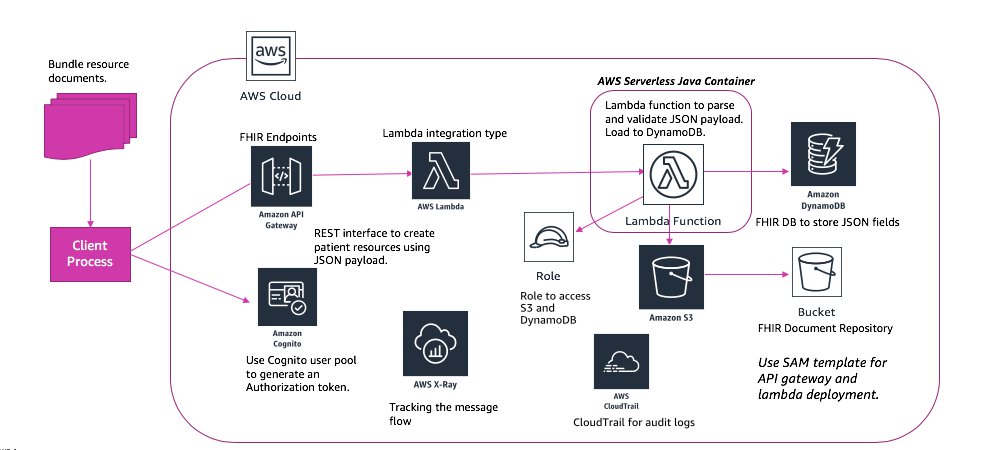AWS Architecture Blog
Category: Advanced (300)
re:Invent 2019: Introducing the Amazon Builders’ Library (Part I)
This week I’m telling you about a new site we launched at re:Invent, the Amazon Builders’ Library, a collection of living articles covering topics across architecture, software delivery, and operations. You get to peek under the hood of how Amazon architects, releases, and operates the software underpinning Amazon.com and AWS. Want to know how Amazon.com does what it does? […]
AWS Architecture Monthly Magazine: Manufacturing
For more than 25 years, Amazon has designed and manufactured smart products and distributed billions of products through its globally connected distribution network using cutting edge automation, machine learning and AI, and robotics, with AWS at its core. From product design to smart factory and smart products, AWS helps leading manufacturers transform their manufacturing operations […]
Architecting a Low-Cost Web Content Publishing System
Introduction When an IT team first contemplates reducing on-premises hardware they manage to support their workloads they often feel a tension between wanting to use cloud-native services versus taking a lift-and-shift approach. Cloud native services based on serverless designs could reduce costs and enable a solution that is easier to operate, but appears to be […]
Using API Gateway as a Single Entry Point for Web Applications and API Microservices
Introduction The benefits of high availability, scalability, and elasticity that AWS offers has proven to be a boon for Software-as-a-Service (SaaS) providers. AWS has also made it seamless to adopt microservices architectures for modernizing these SaaS applications, as well as providing API-based access for external applications. An API management layer such as Amazon API Gateway […]
One to Many: Evolving VPC Design
Since its inception, the Amazon Virtual Private Cloud (VPC) has acted as the embodiment of security and privacy for customers who are looking to run their applications in a controlled, private, secure, and isolated environment. This logically isolated space has evolved, and in its evolution has increased the avenues that customers can take to create […]
Building a Serverless FHIR Interface on AWS
Technology is revolutionizing the healthcare industry but it can be a challenge for healthcare providers to take full advantage because of software systems that don’t easily communicate with each other. A single patient visit involves multiple systems such as practice management, electronic health records, and billing. When these systems can’t operate together, it’s harder to […]
Top Resources for API Architects and Developers
We hope you’ve enjoyed reading our series on API architecture and development. We wrote about best practices for REST APIs with Amazon API Gateway and GraphQL APIs with AWS AppSync. This post will cover the top resources that all API developers should be aware of. Tech Talks, Webinars, and Twitch Live Stream The technical staff at AWS have produced a variety […]
Things to Consider When You Build a GraphQL API with AWS AppSync
September 8, 2021: Amazon Elasticsearch Service has been renamed to Amazon OpenSearch Service. See details. Co-authored by George Mao When building a serverless API layer in AWS (one that provides a custom grammar for your serverless resources), your choices include Amazon API Gateway (REST) and AWS AppSync (GraphQL). We’ve discussed the differences between REST and […]
Improve Productivity and Reduce Overhead Expenses with Red Hat OpenShift Dedicated on AWS
Red Hat OpenShift on AWS helps you develop, deploy, and manage container-based applications across on-premises and cloud environments. A recent case study from Cathay Pacific Airways proved that the use of the Red Hat OpenShift application platform can significantly improve developer productivity and reduce operational overhead by automating infrastructure, application deployment, and scaling. In this […]
Things to Consider When You Build REST APIs with Amazon API Gateway
A few weeks ago, we kicked off this series with a discussion on REST vs GraphQL APIs. This post will dive deeper into the things an API architect or developer should consider when building REST APIs with Amazon API Gateway. Request Rate (a.k.a. “TPS”) Request rate is the first thing you should consider when designing REST APIs. […]








